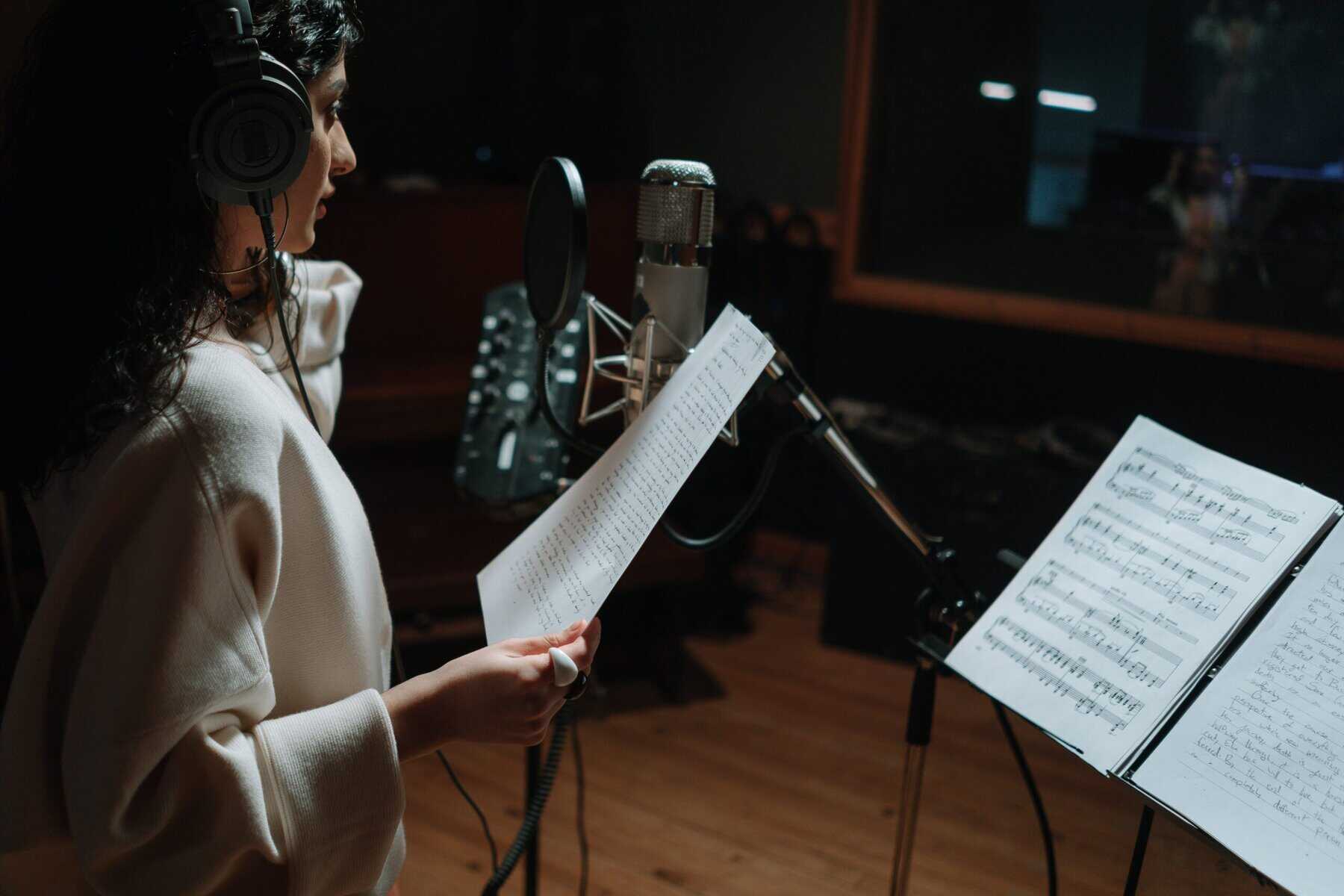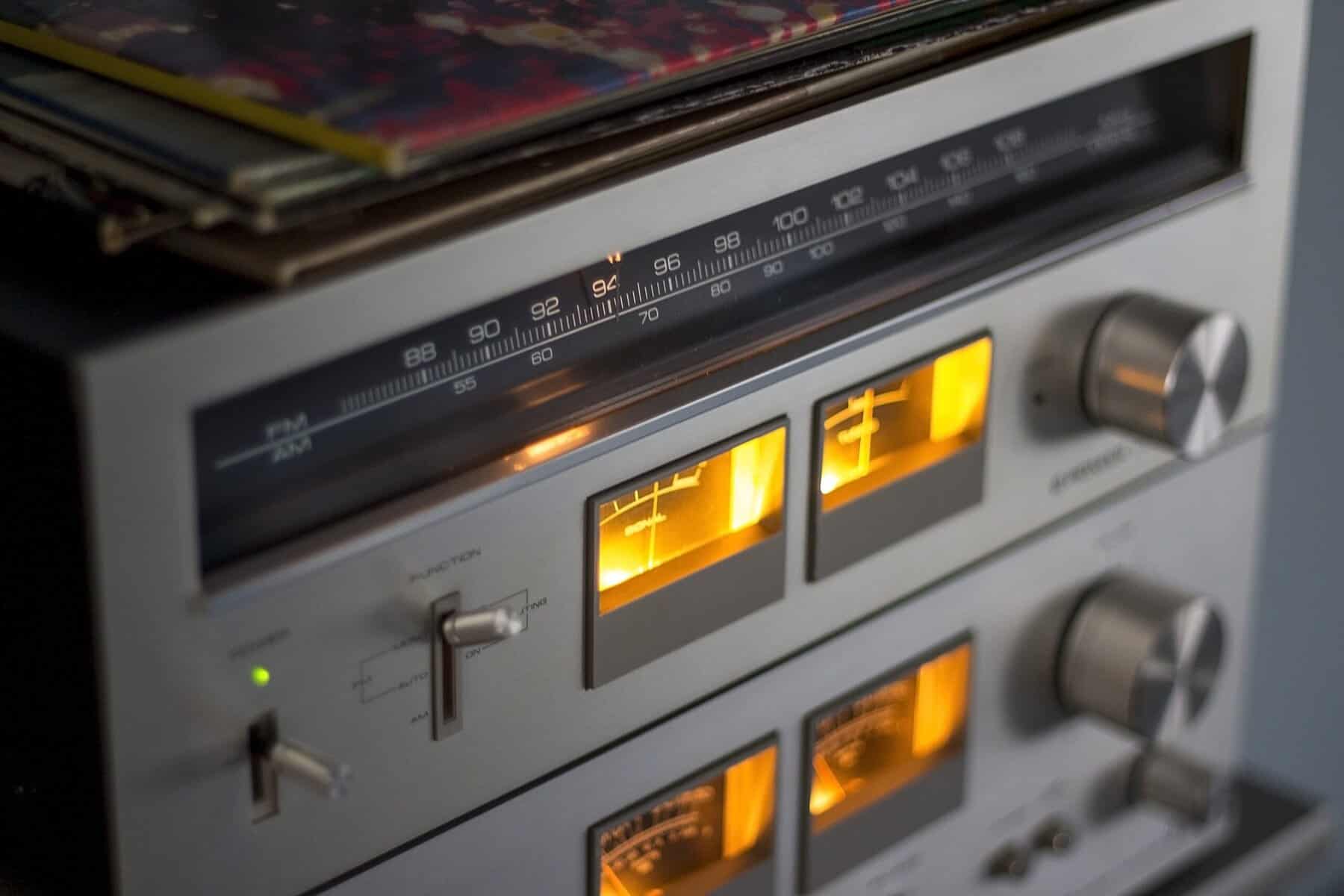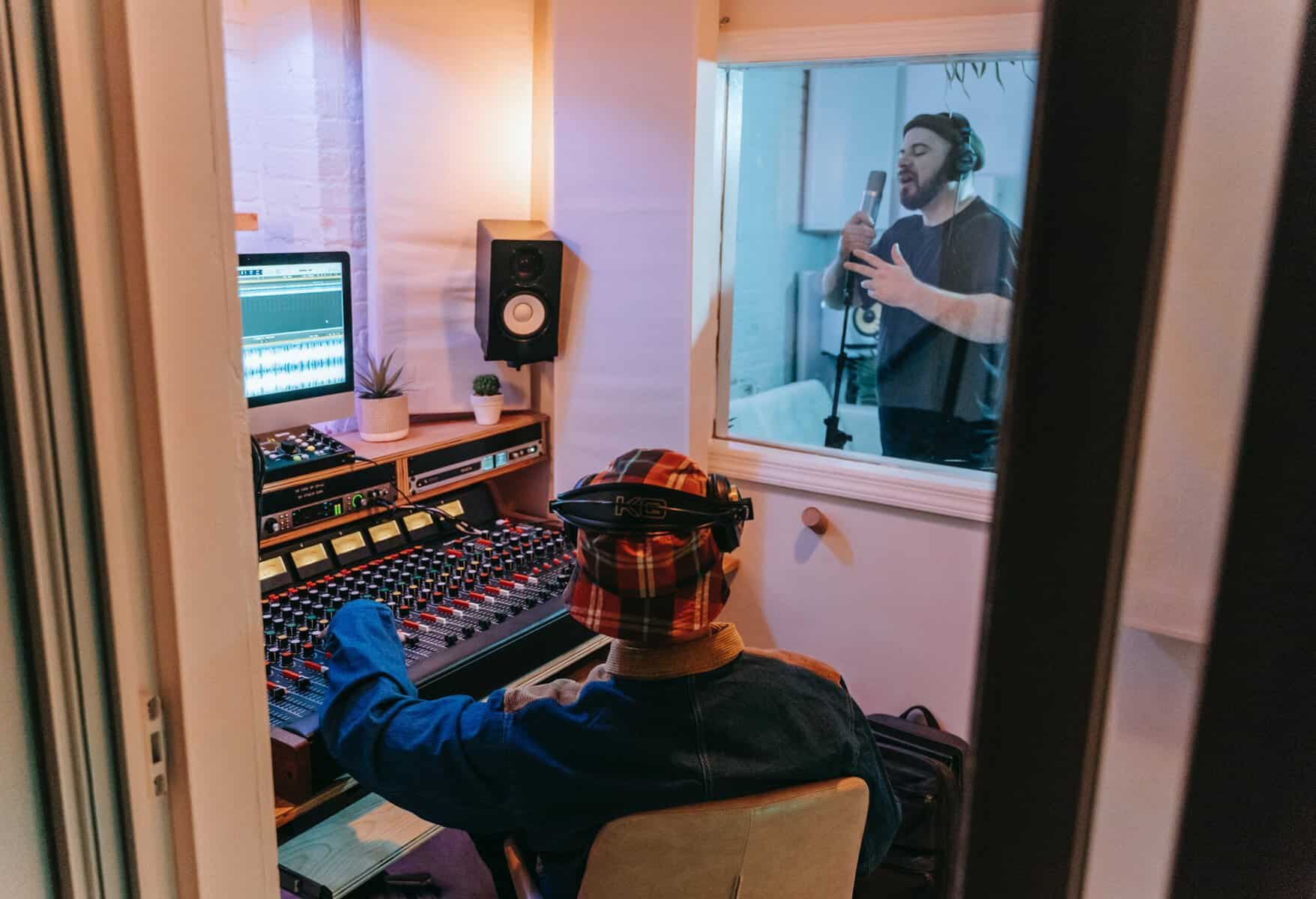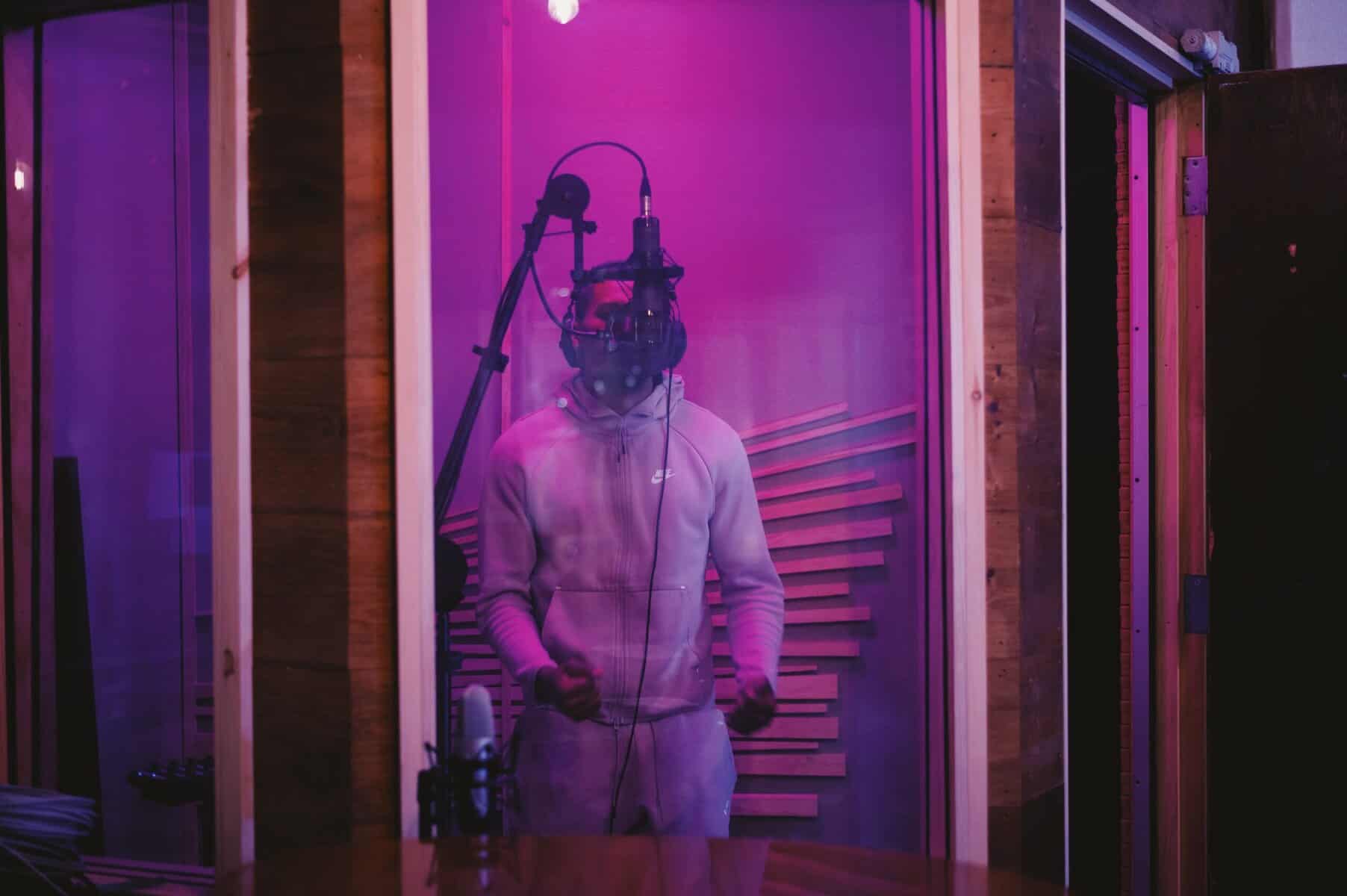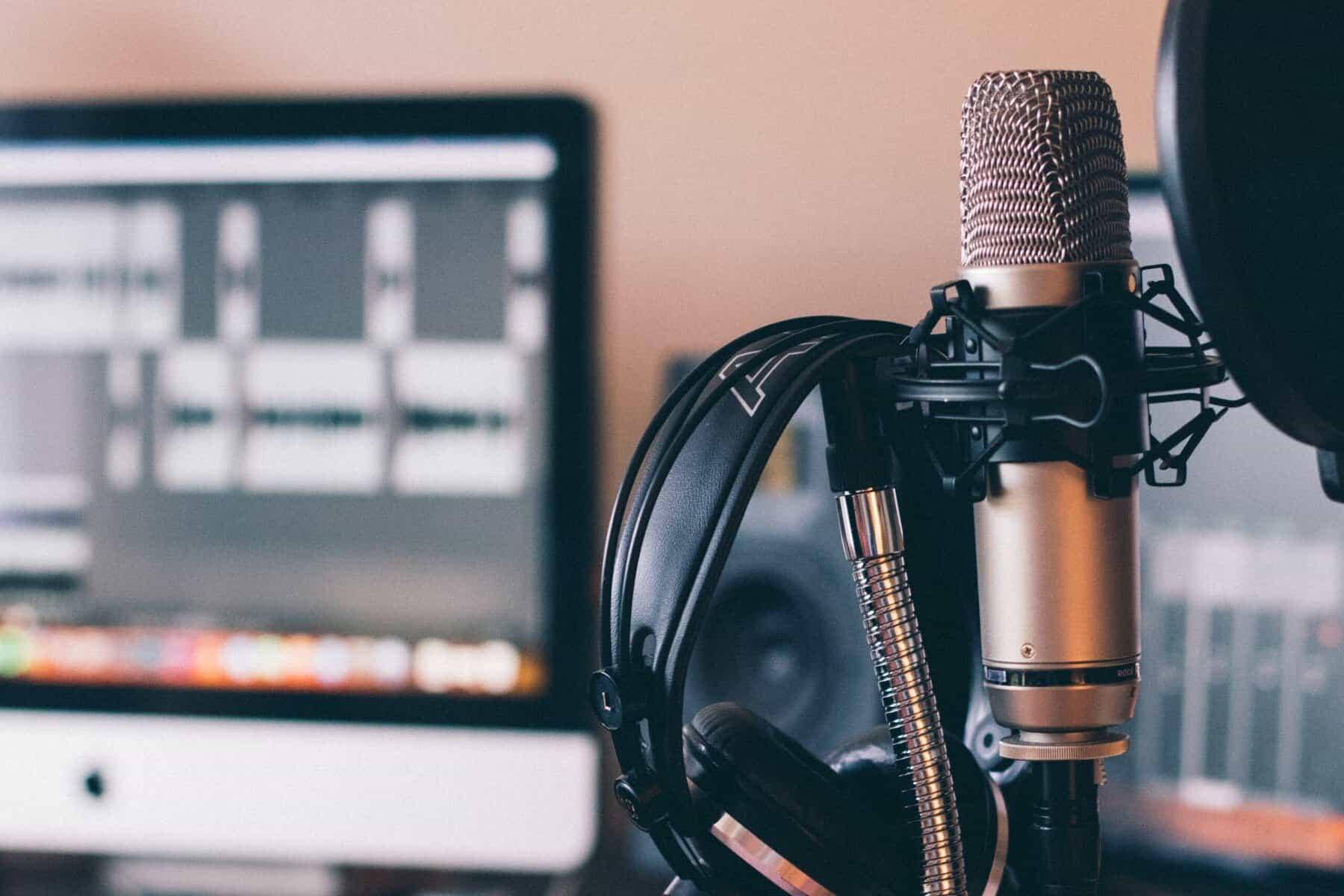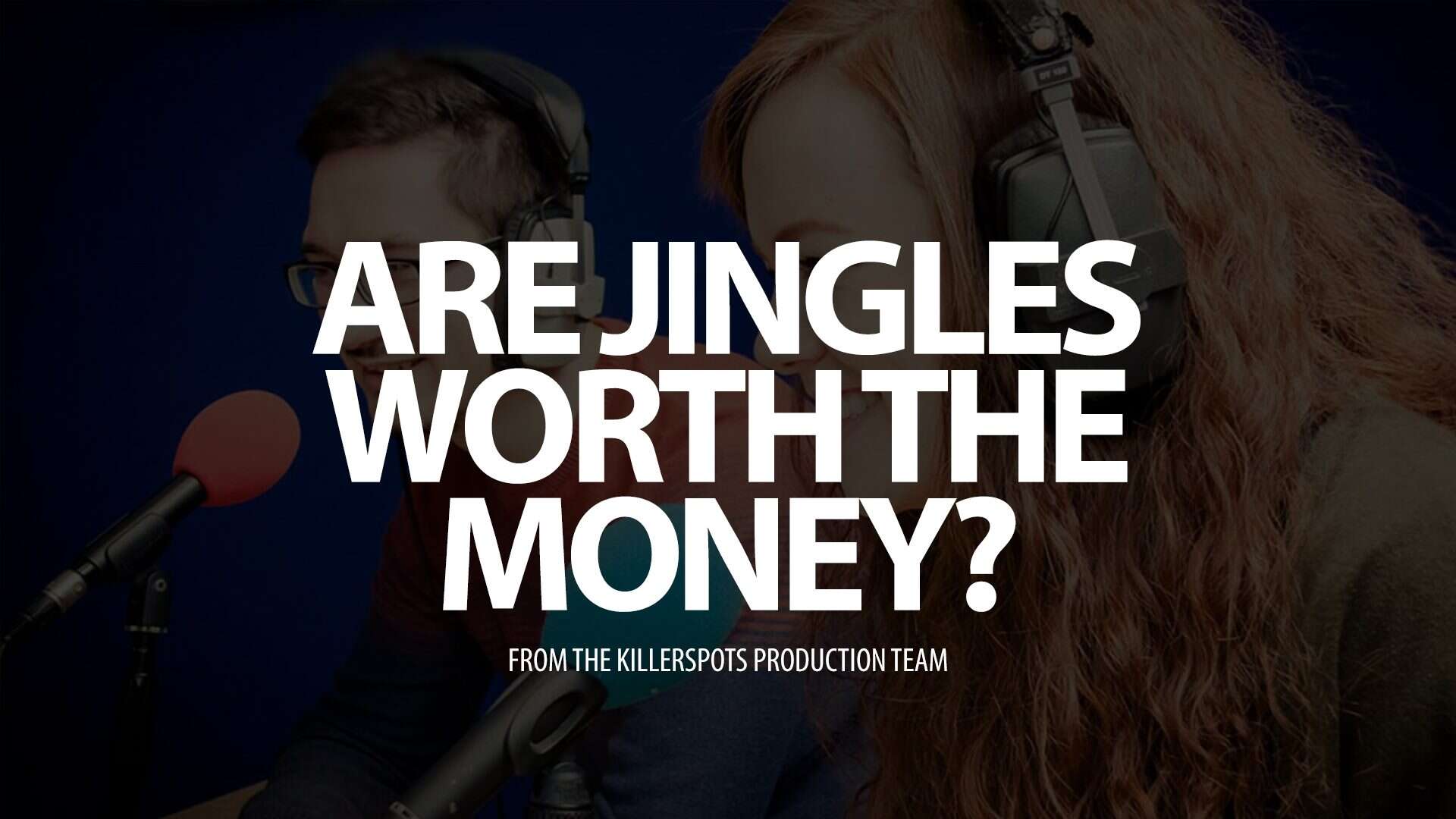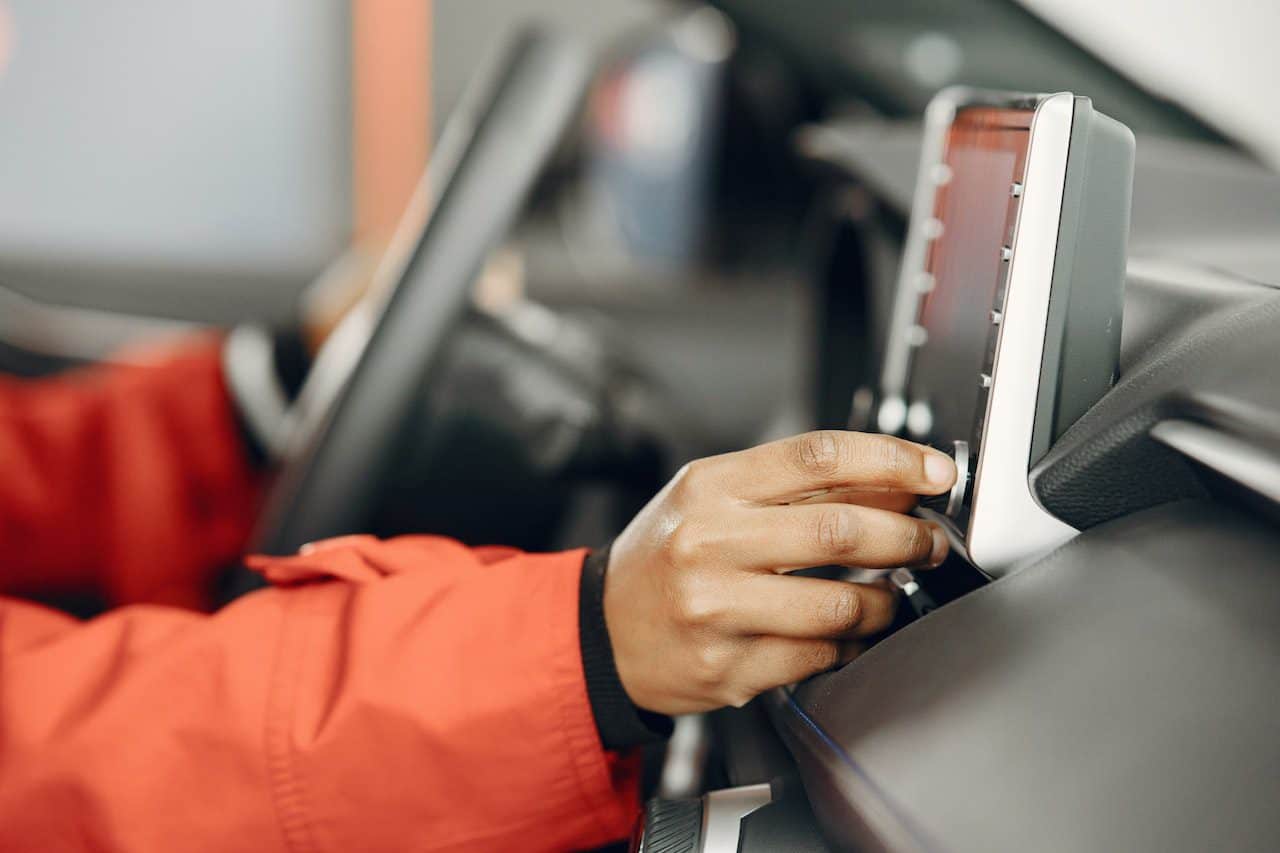Jingles have been an integral part of advertising for decades, with countless brands utilizing catchy tunes to solidify their presence and effectively convey their messages to the target audience. But what exactly is the secret that makes jingles so captivating for listeners, and how can brands harness this power to ensure their marketing campaigns’ success? At Killerspots Agency, our team of expert jingle creators and producers understand the nuances and underlying science behind creating unforgettable jingles that leave a lasting impression on consumers. In this article, we will explore the fascinating world of jingle psychology, uncovering the key elements that make jingles effective, discussing the neuroscience behind catchy tunes, and sharing valuable tips for creating impactful jingles that resonate with your target audience.
Why Jingles Leave a Lasting Impact on Your Audience
Jingles have the unique ability to captivate and engage your target audience. Here are a few reasons why:
1. Memory Retention: Melodies and rhythms act as mnemonic devices that make it easier for our brains to retain information. By setting your brand message to music, you increase the odds that your audience remembers your message long after the commercial ends.
2. Emotional Connection: Music affects our emotions. A well-crafted jingle can elicit feelings of happiness, nostalgia, or excitement, creating a strong emotional bond between your audience and your brand.
3. Uniqueness and Differentiation: A memorable jingle distinguishes your brand from competitors, ensuring it stands out in the minds of consumers.
4. Repetition and Familiarity: Repeated exposure to a catchy jingle increases its familiarity, reinforcing your brand’s presence in your audience’s memory.
The Neuroscience Behind Effective Jingles
To understand the science behind jingles, consider these fascinating neurological insights:
1. Earworms: Jingles often turn into “earworms,” a psychological phenomenon where a catchy tune involuntarily replays in a listener’s head. This phenomenon increases the likelihood of your brand’s message being remembered and recognized by your target audience.
2. The Mere Exposure Effect: This psychological concept states that the more people are exposed to a stimulus, the more likely they are to develop a preference for it. A jingle that is repeatedly played can lead to higher brand recall and a positive brand image.
3. The Role of Dopamine: The human brain releases dopamine when listening to pleasing music, contributing to feelings of pleasure and reward. A well-orchestrated jingle can entice your audience to associate your brand with these pleasurable feelings.
Crucial Components of a Successful Jingle
When crafting an impactful jingle, focus on these key components:
1. Memorable Melody: Create a tune that is both catchy and easy to remember. Simplicity is often the key to crafting a melody that lingers in the minds of your listeners.
2. Relevant and Engaging Lyrics: Your jingle’s lyrics should effectively communicate your brand message, making it clear to your audience what your brand offers and what differentiates it from the competition.
3. Appropriate Tone and Mood: Align your jingle’s tone and mood with your brand’s identity, ensuring consistency across your marketing channels.
4. Artful Repetition: Skillfully using repetition can enhance your jingle’s memorability without annoying your listeners. Repeat key phrases or melodic elements at strategic intervals for maximum impact.
Tips for Creating Memorable Jingles
Follow these expert tips to create a jingle that captures your audience’s attention and achieves your marketing objectives:
1. Identify Your Target Audience: Develop a clear understanding of your target demographic and craft your jingle to appeal specifically to their preferences and tastes.
2. Employ Talented Musicians and Vocalists: Invest in skilled musicians and vocalists to ensure your jingle’s melody and vocals stand out and leave a positive impression on your listeners.
3. Test Multiple Versions: Experiment with different variations of your jingle, testing each version on focus groups or small segments of your target audience to determine which resonates best.
4. Seek Professional Guidance: Consult with professionals, like the team at Killerspots Agency, to refine your jingle and ensure it effectively captures your brand’s essence and message.
Conclusion
Understanding the science behind jingles, their lasting impact on your audience, and the key factors that contribute to their success is essential for creating memorable, engaging ads that resonate with your target market. By incorporating the principles outlined in this article and utilizing our team of experts at Killerspots Agency, you can create captivating jingles that capture your audience’s attention and effectively communicate your brand story.
Ready to create an unforgettable jingle for your brand and experience the captivating power of music in your advertising campaign? Contact Killerspots Agency today to learn how our talented team of musicians, vocalists, and marketing experts can help you craft a jingle that leaves a lasting impression on your audience and elevates your brand’s presence.





